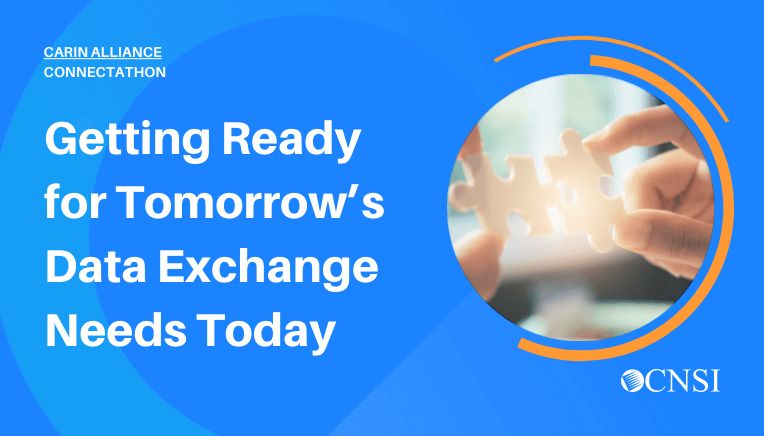
Implementing Health Information Technology
September 15, 2019
Categories: Thought Leadership
Implementing Health Information Technology
It’s no secret: state health IT has so many stakeholders and moving parts, it makes it easy for the fundamentals to get lost in the noise. So how is a state health IT leader supposed to know where to get started? Let’s take a closer look at the five most common steps to implementing health IT in a way that leads to success.
1. Bring together the right players
One of the first things any state health IT leader should do is to identify and bring together all of the stakeholders who are likely to be impacted by changes in the technology, from the physicians and nurses in-the-trenches to administrators, IT staff and even patient advocates. Additionally, don’t forget to tap into vendors and consultants with whom you have good relationships, as they can bring solid expertise and real-world experience to the table and can help you implement changes more quickly and efficiently than tackling them on your own.
By ensuring that all of the stakeholders are adequately represented at the beginning of the project, you’ll be able to get all-important buy-in and can ensure that you don’t miss something big as you’re moving forward.
2. Develop a plan with clear goals and measurable impacts
As any state health IT leader knows, the most successful plans are those that can prove impact. Understanding that it’s impossible to do everything all at once, work with your stakeholders to develop a plan that takes advantage of a phased approach, tackling your highest priority tasks first.
Within the plan, identify important benchmarks and metrics that you’ll use to help measure areas of success and areas where improvement is possible. Set up specific intervals where the stakeholders will reconvene to review metrics and discuss what’s working, what isn’t, and how to best optimize efforts.
3. Determine your budget
Another important aspect of implementing health information technology is determining (and sticking close to) the budget. Work with your stakeholders to create a realistic, sustainable budget that considers costs for not only hardware and software, but also ongoing training, maintenance and support. And don’t be fooled into thinking that open source software is “free” — while there may not be a cost associated with licensing, there are certainly still ancillary costs that you’ll need to plan for, so keep that in mind.
4. Implement and drive adoption
Once you’ve chosen a path forward and created a plan, it’s time to implement and integrate it throughout your organization. The phased approach will go a long way toward helping your team members adapt to the change in a positive way. Work with your vendors and consulting team to provide your staff with the training and resources necessary to ensure their success using the new technology, being certain to help them understand the benefits not only to the organization but to themselves. Set clear goals for implementation and integration, and document new processes and procedures so it is easy for staff to refer to the documentation if they find themselves temporarily confused on how to accomplish a specific task. Provide staff with a feedback mechanism for sharing their thoughts on how the new technology is working, ways in which it can be improved and areas in which it has provided wins for patients—then share this information throughout the organization to encourage continued adoption.
5. Measure and optimize
After you’ve put your plan in motion, it’s time to see how it’s performing and make tweaks to improve it. The technology you have in place will actually allow you to communicate with all of your different audiences—from your stakeholders to your patients—so that you can continually ask for their feedback via patient portals, your website, your intranet, printed handouts, in-office iPads or any other technology mechanism you use. Consider any patient touchpoint as an opportunity to gather feedback on what’s working and what isn’t, and make changes based on your findings. Then, incorporate the data you gather into your marketing efforts to help drive even greater conversions. The more you continue to optimize, the more effective your marketing will be.
###
Need assistance in developing your health information technology plan or implementing HIT in your state? CNSI can help. Get in touch with us today.







